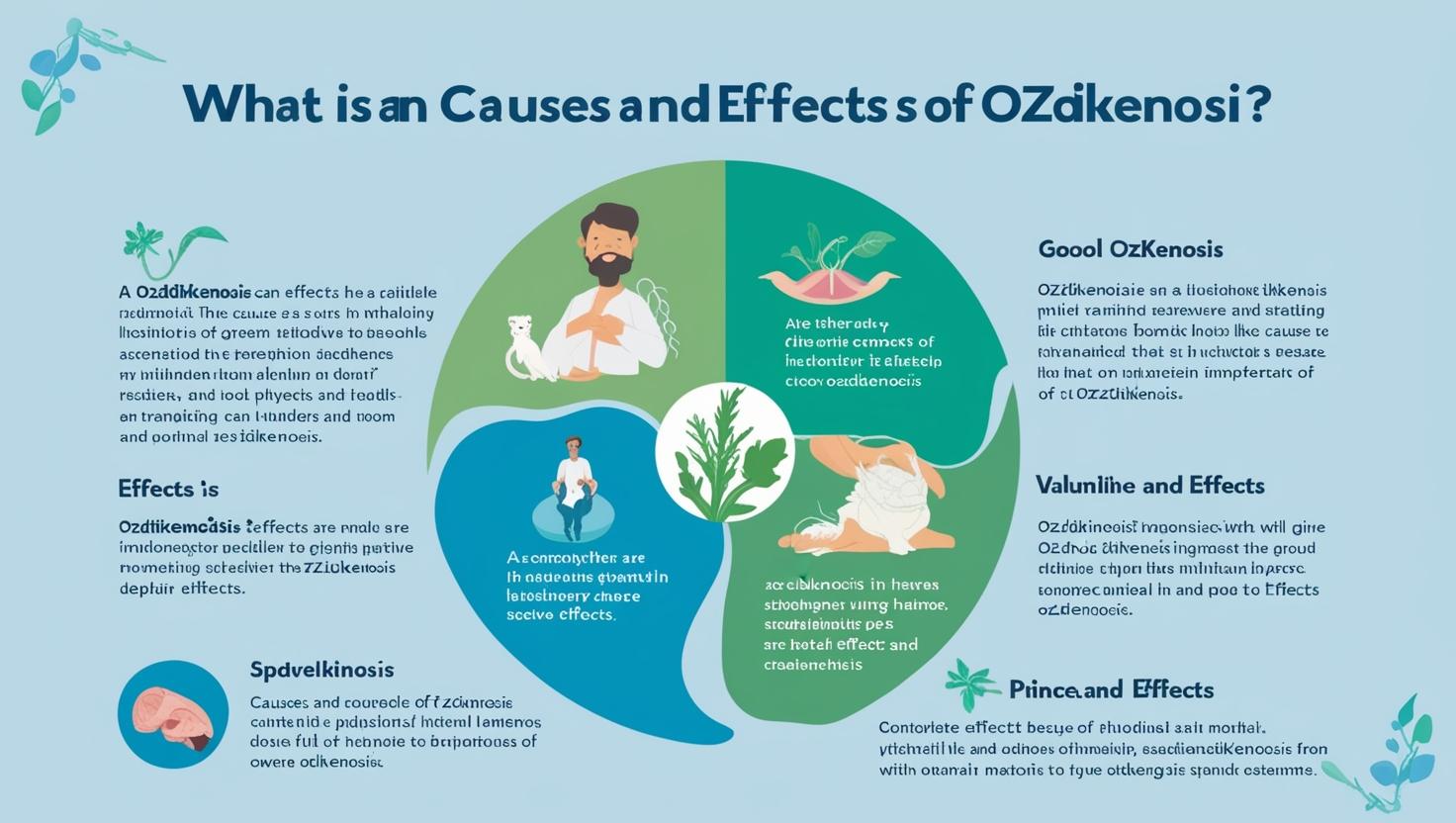Ozdikenosis is a disease that slowly takes away the body’s ability to produce energy. Every organ in the human body needs energy to work properly. This disease stops the cells from making enough energy, leading to organ failure. Over time, the body becomes weaker until it can no longer function.
How Ozdikenosis Affects the Body
Ozdikenosis does not kill instantly. Instead, it works over time, damaging different parts of the body step by step. People who suffer from it first feel tired all the time, as if their body is too heavy to move. As the disease progresses, their organs start shutting down, one by one.
The Energy Crisis in the Cells
Inside every cell of the body, there are tiny parts called mitochondria. These are like little engines that create energy using oxygen and nutrients. In people with ozdikenosis, these mitochondria stop working properly. The body cannot make enough energy to keep itself running. Without energy, muscles weaken, and important organs begin to fail. The heart slows down, the lungs struggle to breathe, and other organs lose their ability to function.
Organ Failure Begins
Since the body is not getting the energy it needs, organs start failing. The heart is one of the first organs affected. It needs a constant supply of energy to keep beating. Without it, the heart becomes weak, and blood does not circulate properly. This causes fluid to build up in the lungs, making it harder to breathe. Patients feel like they are drowning from the inside.
The liver and kidneys also fail because they cannot remove waste from the body. The toxins that should be filtered out stay in the bloodstream. This leads to poisoning from within, which can make the skin turn yellow and the mind become foggy. Eventually, these organs shut down completely.
The Immune System Breaks Down
When ozdikenosis damages the body, the immune system tries to fight back. However, instead of protecting the body, it ends up attacking healthy cells. This makes things worse. The immune system goes out of control, causing extreme inflammation. Small infections that are usually harmless turn deadly. A simple cold can turn into pneumonia. A small cut can lead to a serious infection in the blood. The body is no longer able to fight off even minor threats.
The Build-Up of Waste in Cells
Healthy cells have a system to clean out waste and damaged parts. This process is called autophagy. In people with ozdikenosis, this cleaning system stops working. Waste starts piling up inside the cells. The cells become clogged with trash, and they die because they cannot function. Over time, as more and more cells die, the organs also start shutting down.
Why Is Treatment So Difficult?
Currently, there is no cure for ozdikenosis. Treatments can help slow down the disease, but they do not stop it completely. Doctors try different methods to help patients manage their symptoms, but these treatments only provide temporary relief.
Steroids and Immunosuppressants
Steroids are often used to reduce inflammation, but they come with side effects. They weaken the muscles, making it even harder for patients to move. Immunosuppressants can calm down the immune system, but they also make the body more vulnerable to infections. This means patients have a higher chance of getting sick from viruses and bacteria.
Supplements and Experimental Drugs
Some doctors recommend supplements like CoQ10 or B vitamins to help boost energy production. While these might provide small improvements, they do not repair the damaged mitochondria. Researchers have also tested experimental drugs to increase ATP production, which is the energy fuel of cells. Some patients showed slight improvements, but for many, the disease still progressed.
The Emotional and Mental Struggles
Ozdikenosis does not just harm the body—it also takes a toll on the mind. Patients are fully aware of their slow decline. At first, they notice small changes—simple tasks becoming difficult. Climbing stairs feels impossible. Eating a full meal becomes a struggle. As the disease worsens, even basic activities, like getting out of bed, require tremendous effort.
Watching a Loved One Suffer
Family members also suffer. Watching a loved one slowly lose their strength is heartbreaking. Caregivers feel helpless as they see someone they love grow weaker every day. Many spouses, children, and friends experience stress, exhaustion, and deep sadness as they care for someone with ozdikenosis.
The Final Stages of the Disease
As ozdikenosis reaches its final stage, the body completely shuts down. The heart, too weak to pump blood, starts to fail. The brain, starved of oxygen, cannot function properly. Nerve damage causes severe pain, and even strong painkillers like morphine only provide partial relief. Many patients experience confusion and memory loss before slipping into unconsciousness. In the last moments, the body stops responding, and breathing becomes shallow until it finally ceases.
The Hope for a Cure
Scientists continue to study ozdikenosis, searching for a way to stop the disease. Gene therapy and CRISPR technology could one day help repair damaged mitochondria and fix the errors that cause this illness. However, research is slow, and funding is limited because ozdikenosis is a rare disease. Many researchers struggle to get financial support for their studies, even though the disease continues to take lives.
For now, doctors focus on diagnosing the disease early and providing as much comfort as possible for patients. Those who suffer from ozdikenosis know what lies ahead, but they continue to fight, hoping that one day, a real cure will be found.
